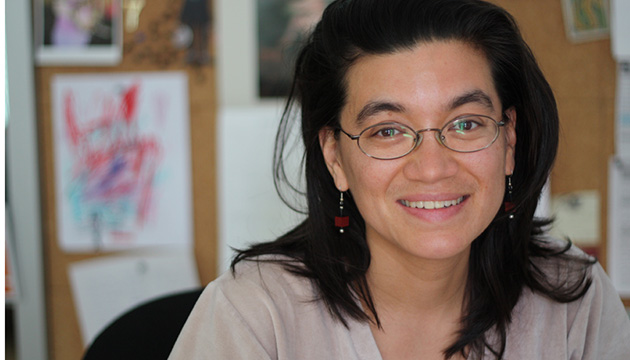April 16, 2024 — People in one-parent families (OPFs) in Canada that are headed by immigrant women tend to be poor.
This was the general finding made by Statistics Canada in a study released on March 25, 2024.
However, there is an exception.
Thanks to the remarkable self-reliance of Filipino single mothers, their families get a good chance of escaping from the trap of poverty.
The Statistics Canada study is titled "Prevalence of low income among persons in one-parent families headed by an immigrant parent: An intersectional analysis", and the research used data from the 2021 Census.
“The results show that persons in OPFs headed by an immigrant woman (26.5%) were most likely to be in low income in 2020, followed by persons in OPFs headed by a non-immigrant woman (24.1%), an immigrant man (21.4%) and a non-immigrant man (18.5%),” the report states.
This situation does not universally apply to one-parent families headed Filipino immigrant women.
“The prevalence of low income among persons in OPFs headed by an immigrant woman was not always higher, with variations observed according to the racialized group the woman belongs to. For example, persons in OPFs headed by a Filipino immigrant woman (10.7%) were less likely to be in low income than persons in OPFs headed by a non-immigrant woman (24.1%),” the study notes.
“This may be explained by the fact that, in general, Filipino women are highly educated and have a high employment rate, which may, in turn, contribute to a lower prevalence of low income,” the paper continues.
These Filipino single moms likely immigrated to Canada under the economic category.
Economic immigrants are those selected to become permanent residents in Canada because of their ability to contribute to the country’s economy.
They are either skilled workers who meet the nation’s labour needs or entrepreneurs.
“The prevalence of low income among persons in OPFs headed by an immigrant woman admitted under the economic category (24.5%) was comparable with that of persons in OPFs headed by a non-immigrant woman (24.1%), while it was higher among persons in OPFs headed by an immigrant woman admitted as a refugee (31.0%) or sponsored by family (26.7%),” the March 25, 2024 Statistics Canada states.
Results of a labour force survey for February 2024 by Statistics Canada provide details about the high employment rate of Filipino women in general.
Released on March 8, 2024, this paper shows that employment in Canada rose by 41,000 jobs in February this year.
Further, employment increased among core-aged (25 to 54 years old) women (+0.7 percent) and men (+0.3 percent).
“The experiences of women in the labour market can vary based on demographic characteristics. For instance, among core-aged women in 2023, the employment rate of Filipino women (87.1%) was notably higher than the national average (81.6%),” the paper states.
The same study notes that while the gender wage gap in Canada has declined over time, the disparity “remains persistent”.
“In February 2024, women aged 25 to 54 earned $0.87 for every dollar earned by men of the same age group, little changed from 12 months earlier ($0.86), and on par with the pre-pandemic average from 2017 to 2019 ($0.87) (not seasonally adjusted).”
The 2021 Census shows that there are 10,262,920 families in Canada.
Out of this number, 1,686,340 or 16.4 percent are one-parent families.
The nonprofit Childcare Resource and Research Unit has reproduced excerpts from a January 5, 2021 article by the Globe and Mail newspaper, which noted challenges faced by single parents in the aftermath of the COVID-19 pandemic.
“Tens of thousands of single parents are being left behind in Canada's labour recovery, highlighting the challenges of juggling child care and employment in the pandemic.
“As of November [2020], about 41,000 fewer single parents of children under 6 were employed, a decline of 25 per cent from a year earlier, according to Statistics Canada data. Nearly 30,000 of those are single mothers, who greatly outnumber single fathers,” according to the Globe and Mail.













